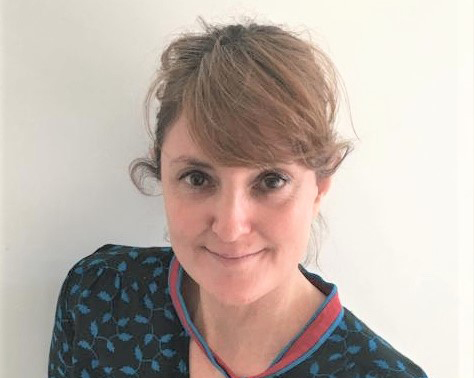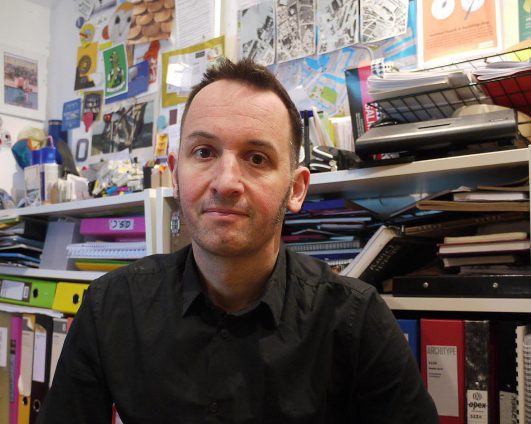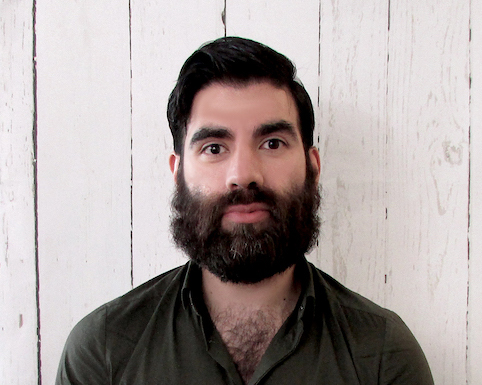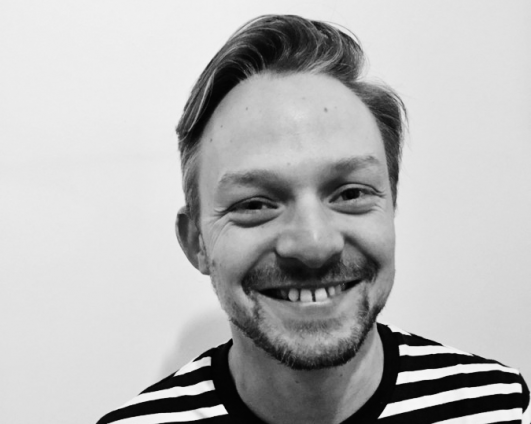Exploring the Role of University / Community Collaborative Action
This panel will explore the potential ways in which universities can work in direct creative collaboration with communities in order to enact positive changes within cities. These changes are often able to act outside of the typical for-profit developments and top-down government initiatives. The panel will allow discussion between academics/practitioners associated with three different universities: Mark Parsons (Sheffield University); Matthew Jones and Alessandro Columbano (Birmingham City University); and Rachel Sara (University of the West of England, Bristol). Each panel member works with community groups in different ways through co-design processes, participatory design and/or build of new kinds of community spaces, agitation and awareness-raising, and Living Lab student/community projects. The discussions will explore the way in which universities can act as a civic agent of change in the city in ways which question, exploit, circumvent and subvert existing models of development.
Individual Abstracts: Hands-on-Bristol: Live Architecture Lab | R. Sara
This paper discusses the practice of the hands-on-bristol collective, a platform bringing community members, architects, trainee architects, and academics together to co-create spatial outcomes that make positive changes within the city. The practice of the collective functions as a Live Architecture Lab (EAUC 2017) that seeks to encourage and strengthen knowledge exchange between education programmes and local communities through collaboration in live architecture projects. We present this engagement as spatial agency (Awan, Schneider and Till, 2011) that aims to empower community or not-for-profit organisations and local people to participate in re-thinking and re-making their place in the city. The paper reflects on the 50+ live community architecture projects that the collective have facilitated in the last 8 years to tease out the impact that the work has on addressing societal challenges. Projects typically involve an ongoing process of community engagement, participation and co-creation through physical interventions in the city. Projects include the Ebenezer Gate Pocket Park, Bedminster, Bristol and the proposed upcoming live community/student self-build café building at Horfield Common, Bristol. The approach explores the ways in which projects can catalyse community action alongside strategies towards supporting inclusivity and diversity.
Bridging the Gaps | M. Parsons
The paper explores the interactions of universities, practice, local authority and community organisations in the re-use of empty of community buildings through the Tinsley Tingas case study. The project, by Studio Polpo with Sheffield City Council, has explored how an empty school building, closed due to air pollution, might be brought back into use as a community asset. Students from both the University of Sheffield and Sheffield Hallam University have been involved at various stages of this project and the paper explores the benefits and opportunities of this involvement, as well as the tensions between the multiple stakeholders involved. The balance of educational outcomes with real-world issues, problems of ‘consultation-fatigue’ and exploitation, and the different timescales of university projects with those of long-term stakeholders, are examined in this ongoing project to explore how architectural practices might bridge these different requirements. Where institutions are often seen as monolithic and uniform in their approach (both academia and local authority), their status can be both a blessing and curse (on the one hand they are respected and reliable, on the other they can be slow and inflexible) and this paper explores how small practices can bridge the gap between these larger organisations and the communities they engage with.
Co.LAB: Strategies and tactics for collaborative action in/with the City | M. Jones & A. Columbano
This paper explores strategies and tactics for academic-community collaborative action in the City. The latest iteration of the School’s tradition in developing ‘live’ projects as part of the curriculum, Co.LAB brings together students across a range of disciplines, academics and external partners in a collaborative learning process. While there are many schools of architecture that have established ‘live’ project programmes, since its creation in 2011 Co.LAB projects have moved away from typical design-build opportunities to more exploratory investigations working at the boundaries of art, architecture and design research. Projects are considered a ‘Live Lab’ through which ideas and strategies are proposed and tested, encouraging students to become a part in the innovative research projects the university is engaged with in the city. Projects range from activism to artwork, installation to performance to building design and landscape masterplanning.
The paper analyses the range of projects Co.Lab has undertaken to identify how the projects engage with the city, its creative culture and its communities. The paper identifies new working methods that combine multiple perspectives for innovative and socially driven design responses. These approaches offer new insights into how collaborative action between the academy, creative partners and communities can create positive impact in and with the City. What emerges is a positive role for these projects, working in the gaps between disciplines and between academia and practice, in creating a space to critique, re-think and re-imagine the future of the City.




